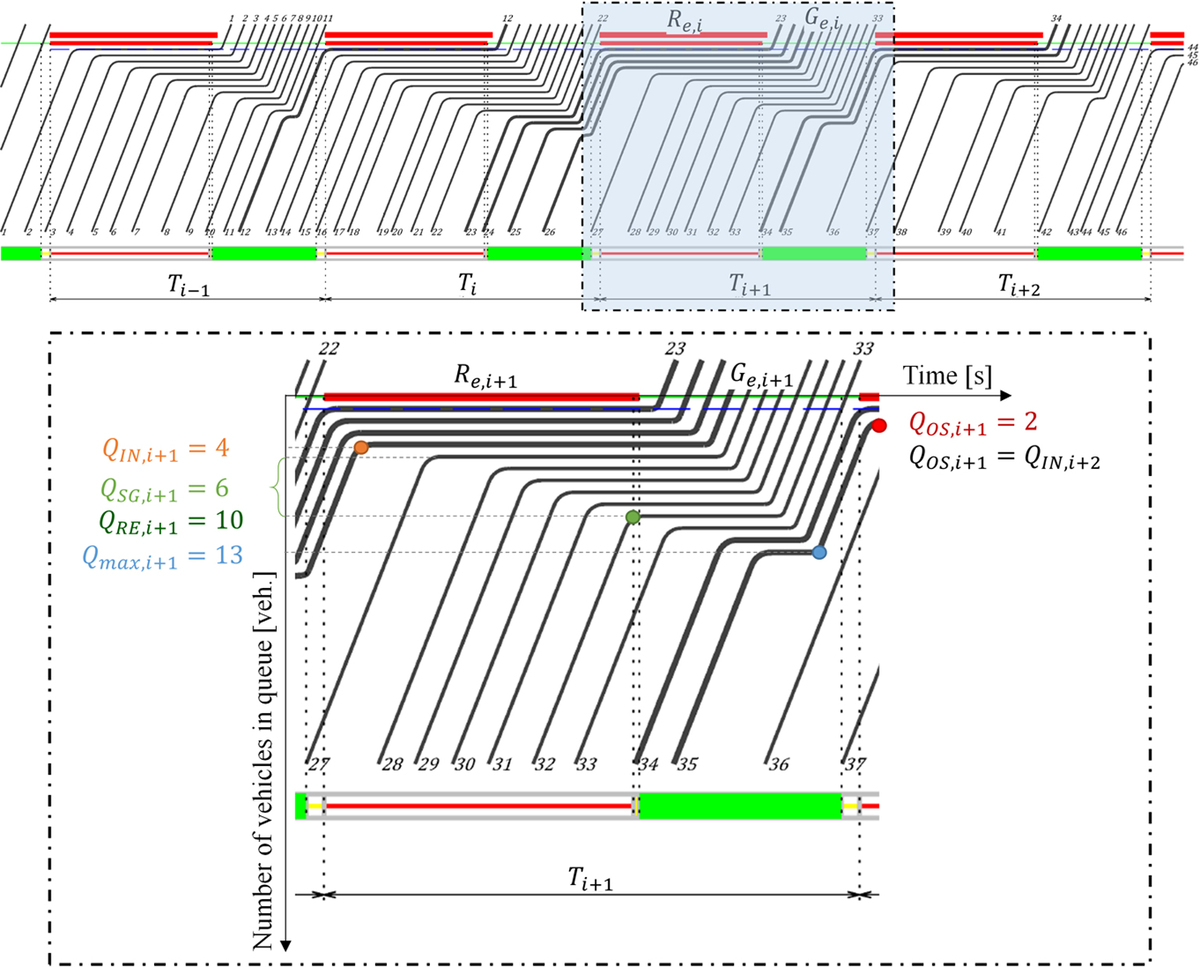Dilemmas of intersection queue length estimation in traffic capacity analyses
1
Faculty of Civil and Environmental Engineering and Architecture, Bydgoszcz University of Science and Technology, Poland
2
Faculty of Civil Engineering, Cracow University of Technology, Poland
These authors had equal contribution to this work
Submission date: 2023-12-01
Final revision date: 2024-02-08
Acceptance date: 2024-02-27
Publication date: 2025-03-20
Corresponding author
Damian Iwanowicz
Faculty of Civil and Environmental Engineering and Architecture, Bydgoszcz University of Science and Technology, Al. Prof. S. Kaliskiego 7, 85-796, Bydgoszcz, Poland
Faculty of Civil and Environmental Engineering and Architecture, Bydgoszcz University of Science and Technology, Al. Prof. S. Kaliskiego 7, 85-796, Bydgoszcz, Poland
Archives of Civil Engineering 2025;71(1):523-541
KEYWORDS
TOPICS
ABSTRACT
Residual queues are one of fundamental traffic quantities indicating the traffic performance of signalized road intersections. Intersection queues indicate traffic congestion situation, i.e. traffic jams building up on the road system. The time for which a traffic jam would last depends on the incoming traffic volume and its variability on the one hand, and the traffic capacity of the available travel lanes on the other. The issue is complex, as it is evident, for example, in a Polish traffic engineering technique designed to estimate the traffic capacity and performance indicators [50] (including residual and maximum queue lengths measured in the number of queued vehicles). Accurate queue length estimation is an essential part of road intersection and system performance assessments and the associated decision-making process. The analyses and comparisons presented in this article relate mainly to the new Polish guidelines WR-D-12 [8] that cover signalized intersection queue determination method. The first part gives a review of the literature on the traffic queue estimation and counting methods. Further on, different vehicle queue estimation approaches are analyzed, including the guidance provided in WR-D-12 [8]. A comparative analysis of empirical data obtained on a few intersection was carried out at this point of our study. The final part of this article includes the authors’ conclusions and recommendations for correct estimation and accurate determination of residual vehicles number for traffic capacity analyses.
We process personal data collected when visiting the website. The function of obtaining information about users and their behavior is carried out by voluntarily entered information in forms and saving cookies in end devices. Data, including cookies, are used to provide services, improve the user experience and to analyze the traffic in accordance with the Privacy policy. Data are also collected and processed by Google Analytics tool (more).
You can change cookies settings in your browser. Restricted use of cookies in the browser configuration may affect some functionalities of the website.
You can change cookies settings in your browser. Restricted use of cookies in the browser configuration may affect some functionalities of the website.




